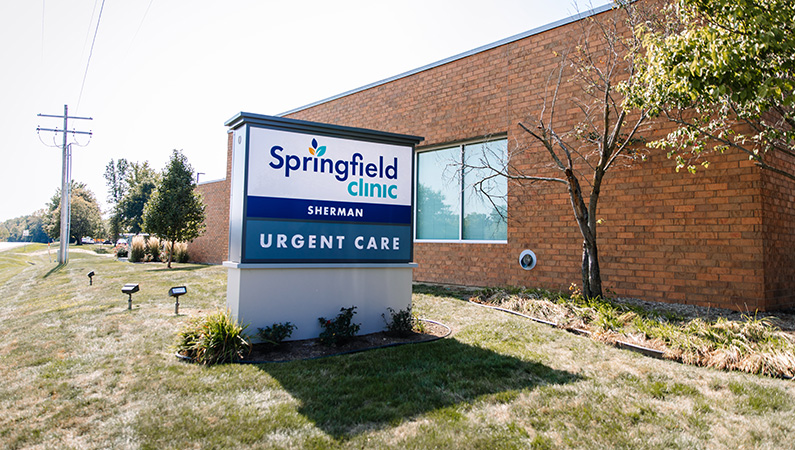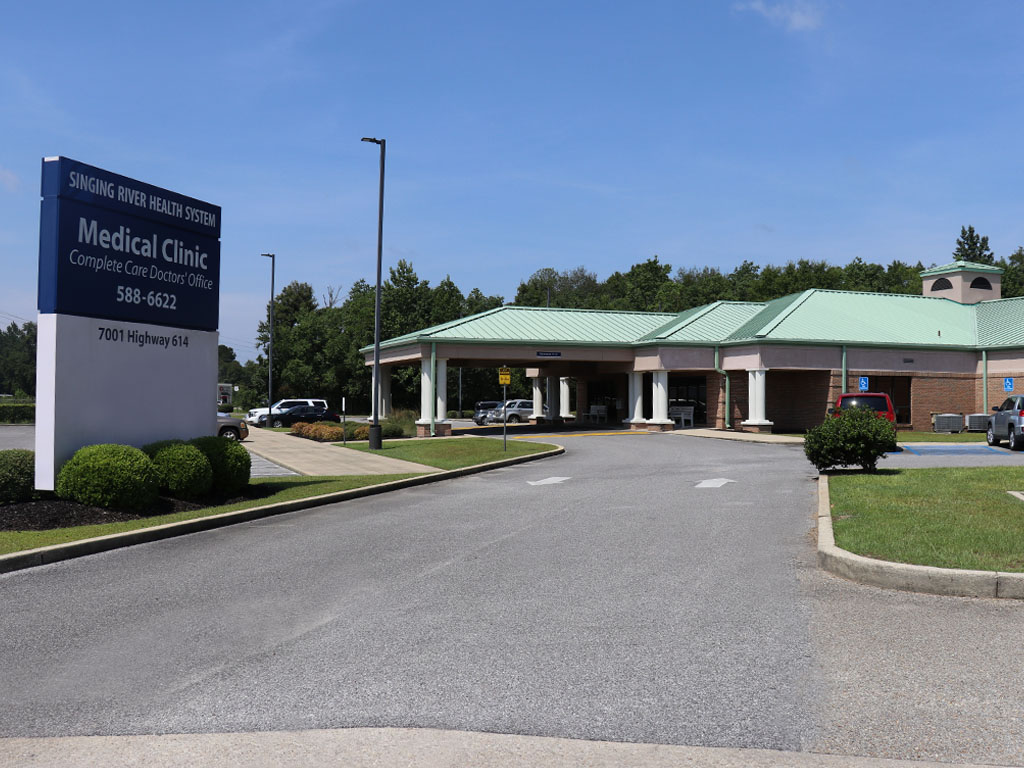What to Anticipate at a Leading Clinic Offering Urgent Care Services
What to Anticipate at a Leading Clinic Offering Urgent Care Services
Blog Article
The Relevance of Urgent Care Centers in Connecting the Void Between Medical Care and Emergency Situation Solutions
Immediate care facilities have arised as a vital component of the health care landscape, successfully dealing with the critical requirement for immediate medical attention without considering emergency services. By supplying look after non-life-threatening problems, these centers assist to reduce the concern on emergency areas and enhance individual access to timely therapy. Their extended hours and diverse solutions satisfy an expanding population looking for alternatives to typical main care. Nevertheless, the evolving duty of urgent treatment facilities elevates vital inquiries concerning their assimilation within the broader medical care system and the implications for client results and source appropriation.
Review of Urgent Treatment Centers
Urgent care centers have become a crucial component of the healthcare shipment system, supplying accessible medical solutions for non-life-threatening conditions. These facilities generally operate outdoors basic office hours, offering clients an option to emergency clinic and medical care settings. People seeking immediate care frequently present with concerns such as minor injuries, infections, or illnesses that require punctual focus however do not pose a prompt danger to life or arm or leg.
Urgent treatment facilities are staffed by a variety of health care professionals, including doctors, nurse practitioners, and medical professional aides, who are geared up to detect and treat different medical concerns. They usually include analysis devices such as X-ray devices and laboratory services, allowing them to offer detailed care on-site.
The establishment of immediate treatment facilities has actually been affected by the enhancing need for prompt medical solutions in a busy society, where patients may struggle to secure consultations with key care companies. Therefore, these facilities aim to ease blockage in emergency divisions, boosting general health care efficiency. Additionally, urgent care centers commonly function as a bridge between key treatment and emergency situation services, guaranteeing that individuals obtain suitable treatment tailored to their details clinical needs.

Benefits of Urgent Care Provider
Accessing timely healthcare is a significant advantage of urgent treatment services. These facilities offer prompt interest for non-life-threatening problems, efficiently reducing delay times compared to typical emergency departments. Individuals looking for look after minor injuries, health problems, or urgent wellness concerns can get treatment without the long delays commonly related to hospital sees.
Another key advantage is the extensive hours of procedure. Several urgent care facilities are open evenings and weekend breaks, accommodating individuals who may not be able to visit their main care service provider throughout standard office hours. This versatility makes urgent care an available choice for those with hectic timetables or unexpected health and wellness issues.
In addition, immediate treatment centers usually provide a vast array of services, including diagnostic screening, X-rays, and fundamental laboratory solutions. This thorough technique permits quick medical diagnosis and therapy, enhancing person satisfaction.
In addition, urgent treatment centers are generally more economical than emergency clinic, making them an attractive choice for individuals without insurance or those with high-deductible plans. Overall, immediate treatment solutions play a crucial role in offering accessible, timely, and inexpensive medical care.
Contrast With Main Care
Commonly, people typically weigh their options between immediate care centers and main care companies when seeking clinical focus. Both serve necessary roles in the healthcare system, yet they vary dramatically in scope, expense, and accessibility.
Medical care carriers are usually the first point of get in touch with for clients, concentrating on long-lasting wellness monitoring, preventative treatment, and persistent disease monitoring. They offer connection of treatment, fostering a patient-provider over at this website relationship that enables for comprehensive health and wellness analyses and individualized treatment plans. Arranging a visit can be lengthy, often calling for days or weeks in advance. Urgent Care.
On the other hand, urgent treatment centers supply immediate take care of non-life-threatening problems that require prompt focus, such as minor injuries or infections. These centers often operate beyond typical office hours, fitting clients who may not have the ability to visit their medical care supplier during normal service times. Additionally, urgent care is generally more cost-efficient than emergency situation area sees, making it an attractive alternative for those with limited medical care gain access to.
Ultimately, while urgent treatment centers and primary treatment companies both add to patient wellness, they satisfy unique needs, making it important for people to identify which alternative ideal aligns with their scenarios.
Emergency Providers Interaction
The interaction between immediate treatment centers and emergency solutions is a vital facet of the medical care landscape, particularly when people encounter situations that may escalate in severity. Immediate treatment centers work as a bridge in between medical care and emergency situation departments, resolving non-life-threatening problems that need immediate attention. This cooperation boosts client outcomes and enhances source allotment within the health care system.
When people present with immediate but not serious issues, immediate treatment facilities can efficiently manage their requirements, relieving go to this site congestion in emergency situation rooms. Facilities furnished with diagnostic abilities can promote timely recommendations to emergency situation solutions when a patient's problem goes beyond the range of immediate care treatment. This smooth communication assists guarantee that people obtain the ideal level of treatment without unneeded hold-ups.
In addition, reliable interaction in between urgent treatment providers and emergency services is essential. Sharing client information and therapy backgrounds fosters collaborated care, lessening the danger of repetitive examinations and procedures. As healthcare remains to progress, the vibrant relationship in between immediate care facilities and emergency situation solutions will play a critical duty in enhancing patient care effectiveness, satisfaction, and general wellness outcomes within the neighborhood.
Future of Urgent Treatment Facilities
As health care needs evolve, the future of immediate treatment facilities is positioned to become increasingly indispensable to the total medical environment (Urgent Care). These centers are most likely to broaden their functions by including sophisticated modern technologies, such as telemedicine, expert system, and digital health record assimilation. This will certainly improve patient gain access to and streamline care coordination in between urgent treatment, key care, and emergency solutions
Moreover, urgent treatment centers are expected to expand their service offerings to consist of preventive care and persistent illness management. This change will certainly place them as essential elements in handling population wellness, decreasing the worry on emergency divisions, and addressing voids in medical care accessibility.
The expanding fad of value-based care will certainly even more increase the makeover of immediate treatment facilities, motivating them to concentrate on person results and contentment. Facilities might additionally take on collaborative practice designs, working carefully with professionals and medical care carriers to make sure thorough patient management.
Verdict
Finally, immediate care centers serve an essential function in the health care system by offering immediate accessibility to therapy for non-life-threatening conditions, effectively relieving stress on emergency services. Their prolonged hours and diverse variety of solutions boost individual benefit and fulfillment, while also making sure suitable care shipment. As healthcare needs remain to advance, the function of immediate care facilities will likely end up being increasingly significant, further linking the space between key care and emergency solutions.
The establishment of immediate treatment facilities has been affected by the boosting demand for prompt clinical services in a fast-paced culture, where clients may battle to secure consultations with primary care carriers. In addition, urgent treatment centers often offer as a bridge in between primary care and emergency situation solutions, ensuring that people get suitable care tailored to their details medical demands.
Many urgent care facilities are open evenings and weekend breaks, accommodating patients that might not be able to visit their main care company throughout basic office hours (Urgent Care). As health care continues to advance, the vibrant connection between immediate care centers and emergency solutions will play a pivotal function in improving patient treatment performance, contentment, and general health and wellness results within the visite site area

Report this page